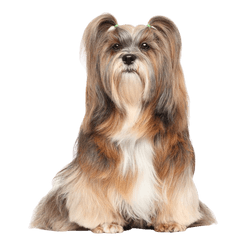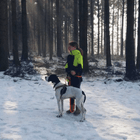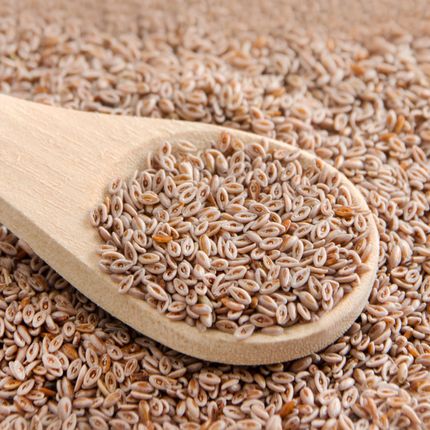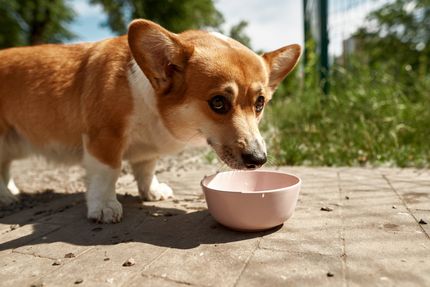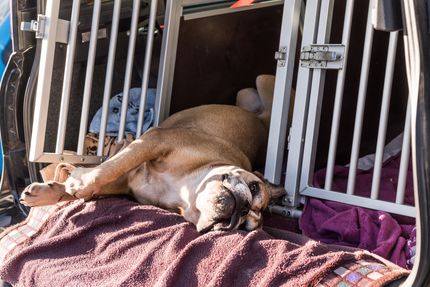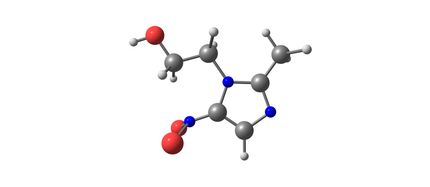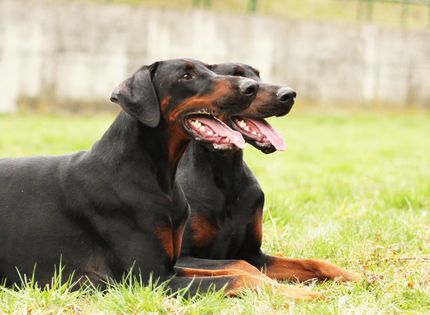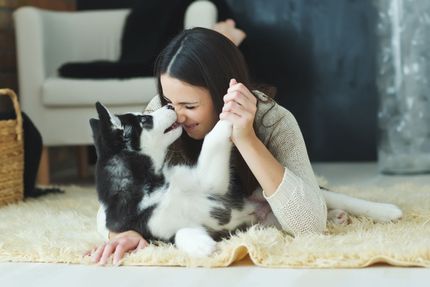Facts & Origin
History and origin
The Lhasa-Corgi has its roots in Tibet and England. This is where the purebred parent ancestors, Lhasa Apso from Tibet and Corgi from England, were first bred. However, the unique mix originated in America, where many different mixed breed dogs are bred.
Suitability and attitude
Combining the sturdy stature of the Corgi and the fluffy coat of the Lhasa Apso, the Lhasa-Corgi is a cute sight, but he is much more than just a pretty cuddly toy. He is intelligent, playful, and affectionate, making him especially well-suited for families and seniors. Likewise, his alertness also makes him an excellent watchdog.
Due to their energetic and intelligent nature, Lhasa-Corgis are also suitable for demanding dog sports, such as agility or obedience.
| Alternate Name | - |
| Origin | Tibet - England |
| Life expectancy | 12 - 16 years |
| Care requirements | high-maintenance - low-maintenance |
| Activity level | low - average |
| FCI group | not recognised |
| AKC group | not recognised |
| KC group | not recognised |
More Lhasa Apso mixes
More Corgi mixes
Attitude, character and temperament of the breed
Character and nature
With his original breeds in mind, it is easy to see that the Lhasa-Corgi is an intrepid, cheerful and loyal companion. From Corgis, he inherits the lively, athletic temperament and intelligent character. The Lhasa Apso side additionally gives him a mystical grace and serenity. Here is a list of traits that make up the Lhasa Corgi:
- Intelligence and eagerness to learn: these dogs enjoy mental stimulation and love to learn new commands and tricks.
- Balance and adaptability: although they are active, they can adapt very well to different circumstances.
- Loyalty and Affection: They are extremely loyal to their family and enjoy cuddle time.
Character
Care of the Lhasa-Corgi
The grooming of a Lhasa-Corgi can vary from medium to high, as this depends on the genes it inherits from its parents. Both breeds have a thick double coat that requires regular brushing. Lhasa-Corgis can be prone to itching and skin irritation, especially if their coats are not well cared for. A Lhasa-Corgi should not be bathed too often to avoid stripping the natural oil in its skin. Once a month is usually sufficient. Regular brushing will help prevent dental problems.
Health of the Lhasa-Corgi
Lhasa-Corgis are generally healthy dogs, but they can be prone to the same health problems common in the parent breeds. These include heart problems, eye problems and hip dysplasia. Regular vet visits and a healthy diet can help manage or prevent these problems.
Breeding the Lhasa-Corgi.
As a mixed breed, Lhasa-Corgis do not follow any specific breeding standards. However, potential breeders should make sure that both parents are healthy and have good pedigrees. It is also important to choose a responsible bre eder who prioritizes the health and welfare of the dogs.
What does this mixed breed look like?
In appearance, the Lhasa-Corgi can be described as a small dog with a larger personality. His body is often longer than it is tall, a legacy of the Corgi's parents, and his ears may stand up or hang. His eyes give off a friendly and alert aura that matches his affectionate nature.
The coat of the Lhasa Corgi is one of its distinguishing features. It is usually medium to long, dense and straight. The color can vary and ranges from white, cream, gold, black, to brown or a mixture thereof. The coat gives the Lhasa-Corgi an imposing appearance despite its small size.
| Fur length | long - short |
| Fur | flat coated |
| Ear shape | Floppy Ear - Standing Ears |
| Tail | rolled up - lang |
| Anatomy | slim, hefty |
| Size ♀ | 20 - 30 cm |
| Weight ♀ | 5 - 12 kg |
| Size ♂ | 20 - 30 cm |
| Weight ♂ | 6 - 12 kg |
| Suitable For | - |
Known Diseases
Hip dysplasia (HD)
Hip dysplasia (HD) is a genetic condition in dogs where the hip joint is not shaped properly. This leads to pain, stiffness and restricted movement.
Eye diseases
Often occur with allergies and intolerances.
Patellar luxation
Patellar luxation is the term used to describe a displacement of the kneecap, which is one of the most common causes of lameness in dogs.
FAQ
-
These mixed breeds are cheerful and playful dogs that are very attentive and loyal. They are also very intelligent.
-
To keep the fur coat in good condition, you should brush it at least 1-2 times a week.
-
Yes, Lhasa corgis are usually good with children. Since they are happy and playful, they are a great addition to families.
-
To give him a happy and healthy life, you should give him at least 1 hour of exercise per day.
